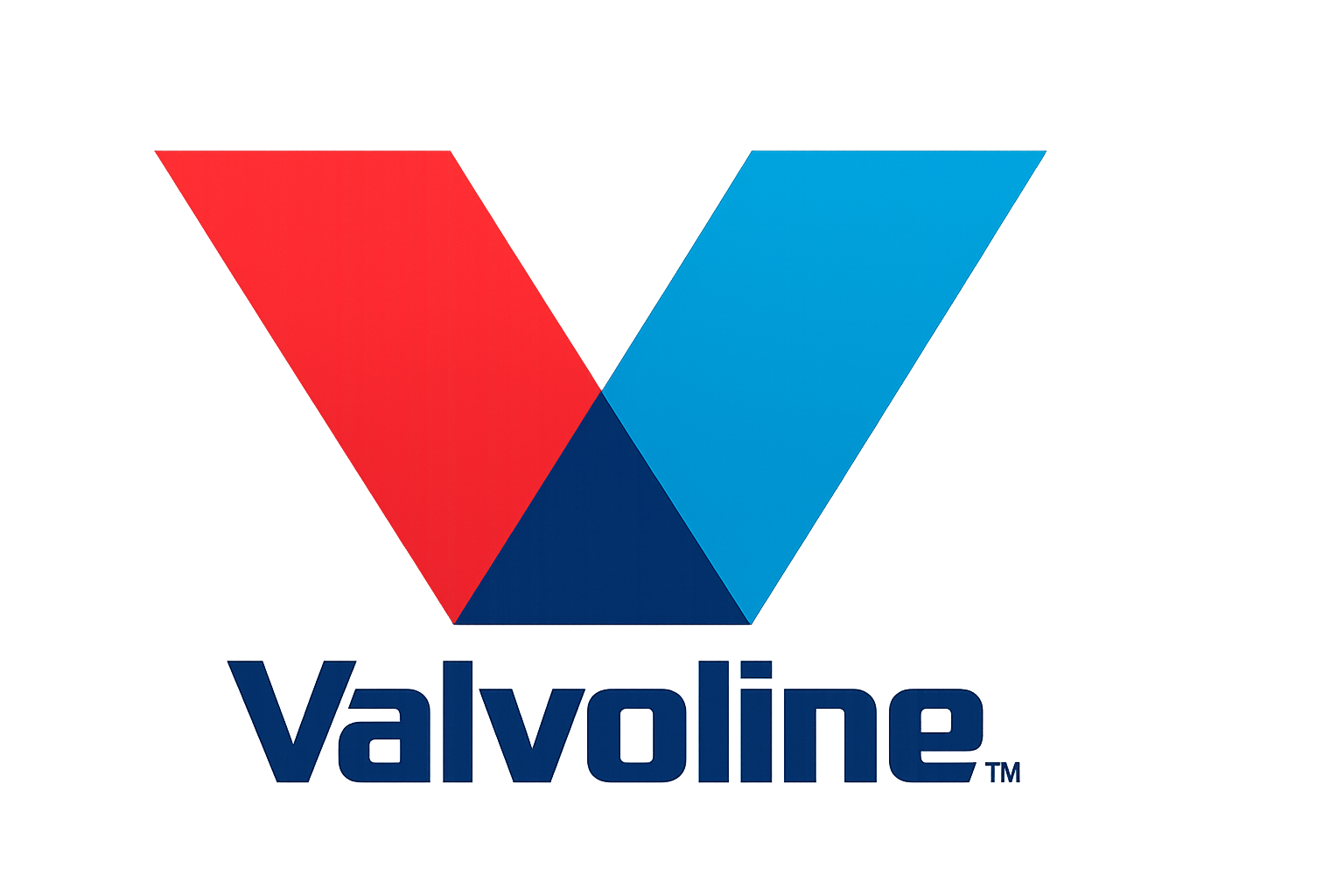1984 Pontiac Trans AM 5.0L – New Design with Big Performance
Despite big displacement “Heavy Duty” engines and “Smokey and the Bandit,” by the end of the ’70s, the Firebird-based Trans Am was a far cry from the pony car that was launched at the height of the muscle car era.
It wouldn’t be until 1984 that everything would come together with the third generation Firebird to finally regain the car’s reputation.
A New, Modern Design on Trans Am
1984 Pontiac Trans AM 5.0.L. The second generation Firebird dated back to 1970, so there was plenty of room for improvement when it was replaced in 1982. The car went from a subframe chassis to a full unibody, and the wheelbase was shortened, cutting curb weight from 3,500 to around 3,100 lbs. Pop-up headlights helped give the fiberglass front end a shorter profile for vastly improved aerodynamics.
Both the Firebird and Camaro got GM’s new “corporate” engines, which meant the Trans Am’s big Pontiac V8 was powered by a “305” 5.0 liter Chevy small block.
1984: Options Bring it All Together
It took two years of development for the third-gen car to finally exceed the performance of its predecessors. A ground-effects package sold on the previous year’s Daytona edition was offered throughout the lineup, Goodyear “Gatorback” tires were now available on 16-inch rims, and the WS6 handling package added an improved suspension and four-wheel disc brakes. The “Crossfire” 305 was gone, replaced by the new “H.O.” L69 engine with an output of 190 hp and 240 pounds per foot of torque.
A fully equipped Trans Am could go from 0 to 60 mph in seven seconds, reach .87g on the skid pad and come to a stop from 60 mph in 130 feet. That was enough performance to put it on par with purpose-built sports cars from that era. Better yet, this equipment could be paired with a modern 4-speed automatic, making the car’s performance accessible to the average driver.
Trans Am – 15th Anniversary: A Styling Icon
To celebrate the Trans Am’s 15th Anniversary, a special edition of 1,500 units was built with all the top performance equipment. It used a blue-on-white color scheme in reference to the original Trans Ams, emphasis on white: white trim pieces, white wheels, white bumper inserts, white dash and even white-lined tail lights. The monochromatic color scheme kicked off a design trend that would last well into the ’90s.







I am looking for 1984 Pontiac